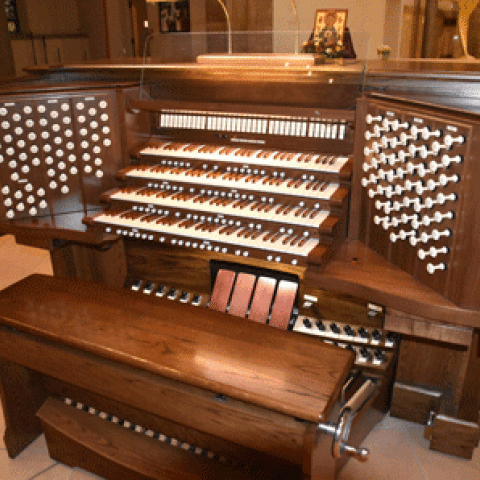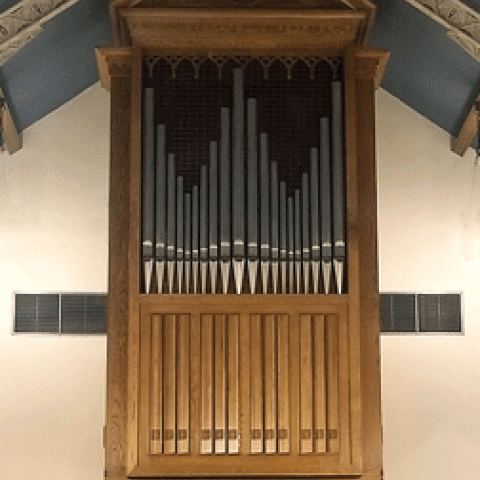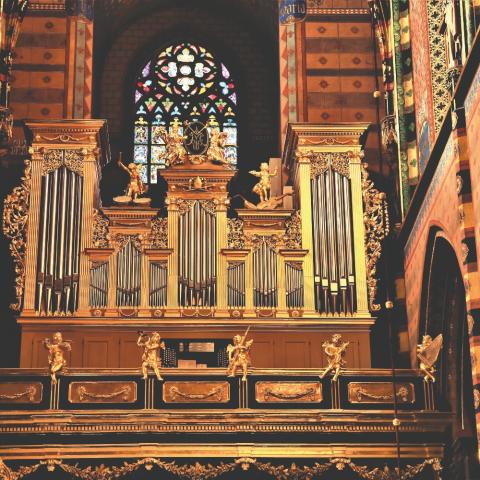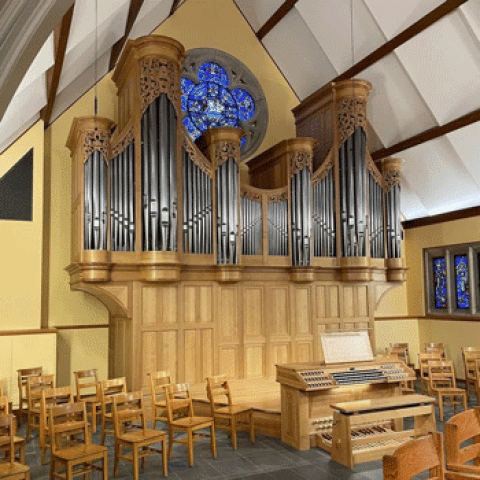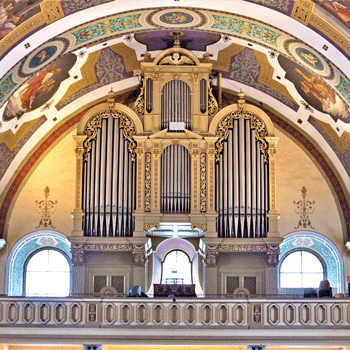
The restoration department at Rieger Orgelbau, Schwarzach/Vorarlberg, Austria, has been recently expanded and in recent years has increasingly developed concepts for maintenance, refurbishment, renovation, restoration, and reconstruction of existing pipe organs. Significant projects include the 2016 restoration of the 1901 Cavaillé-Coll/Mutin organ in the Tchaikovsky Conservatory, Moscow, Russia, and restoration of the five-manual gallery organ in St. Stephen’s Cathedral, Vienna, the largest organ in Austria, completed in 2020.
Upcoming projects for Rieger include renovation of the organ of the cathedral in Luxembourg, restoration the 1898 Furtwängler & Hammer organ in the Auenkirche, Berlin, Germany, as well as restoration (with Christian Scheffler) of the “Kaiser-Jubiläums-Orgel” of 1888 by Matthäus Mauracher in Bad Ischl, Austria, an instrument on which Anton Bruckner regularly gave recitals.
For information: rieger-orgelbau.com.
Other organ builder news:
Emery Brothers organ for Philadelphia Episcopal Cathedral

